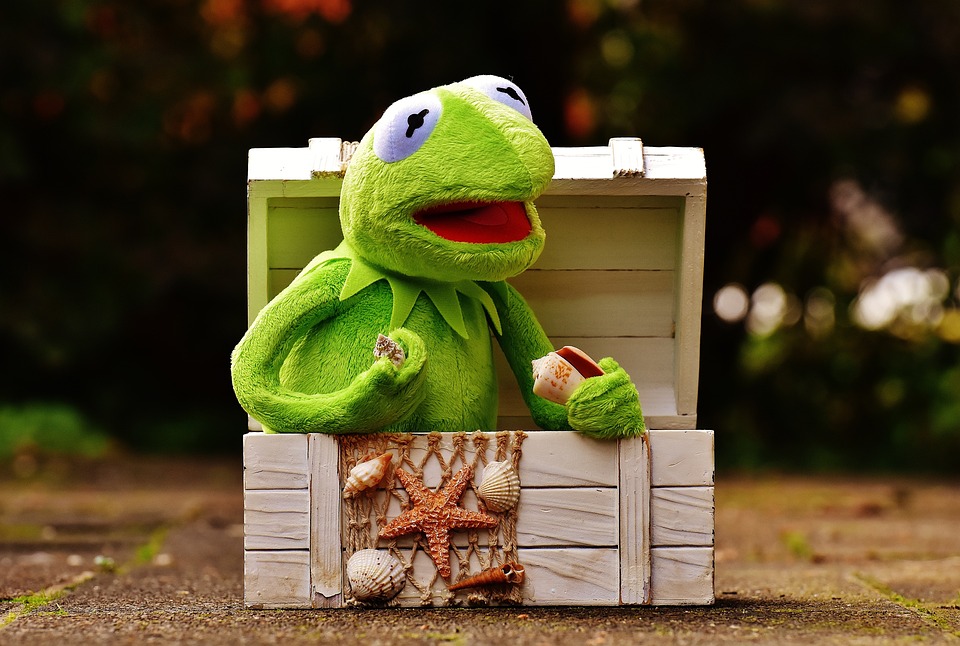Fish Health: How to Recognize and Address Fish Tank Fish Clamped Fins
Introduction
Fish are popular pets that bring beauty and tranquility to any home aquarium. However, just like any living creature, they can experience health issues that require attention and care. One common problem that aquarium enthusiasts may encounter is fish with clamped fins. In this article, we will explore the causes and symptoms of clamped fins, as well as provide effective solutions to address this issue and ensure the well-being of your fish.
Understanding Clamped Fins
Clamped fins, also known as fin clamping or fin folding, occur when a fish’s fins remain close to its body instead of being displayed in their natural, open position. This condition affects various fish species and can be an indication of underlying health problems or environmental stress.
Causes of Clamped Fins
1. Poor Water Quality: Fish are highly sensitive to changes in water parameters. High ammonia, nitrite, or nitrate levels, as well as improper pH or temperature, can stress fish and lead to clamped fins.
2. Stress: Fish may experience stress due to overcrowding, aggressive tank mates, or sudden changes in their environment. Stress weakens their immune system and can result in clamped fins.
3. Inadequate Nutrition: A diet lacking essential nutrients, vitamins, or high-quality protein can weaken a fish’s immune system, making it more susceptible to health issues, including clamped fins.
4. Disease and Parasites: Certain illnesses and parasitic infections, such as fin rot, ich, or flukes, can cause fish to clamp their fins as a defensive mechanism.
Recognizing Clamped Fins
Clamped fins can be easily identified by observing the fish’s appearance and behavior. Look out for the following symptoms:
1. Fins held tightly against the body, appearing folded or pressed.
2. Decreased fin movement or lack of fin flaring.
3. Reduced appetite or lethargy.
4. Changes in swimming behavior, such as hovering near the water surface or hiding.
Addressing Clamped Fins
To ensure the well-being of your fish and address clamped fins, consider the following measures:
1. Maintain Optimal Water Conditions: Regularly test and monitor water parameters, including ammonia, nitrite, nitrate levels, pH, and temperature. Perform partial water changes to keep water quality within the appropriate range for your fish species.
2. Optimize Aquarium Size and Environment: Ensure your fish have enough space to swim comfortably and establish territories. Avoid overcrowding and provide adequate hiding spots and decorations to reduce stress.
3. Provide a Balanced Diet: Feed your fish a high-quality diet containing a variety of food types, including pellets, flakes, frozen or live foods. Ensure the diet meets their specific nutritional requirements.
4. Quarantine New Fish: Before introducing new fish to your aquarium, quarantine them in a separate tank to prevent the spread of diseases or parasites that could affect the existing fish population.
5. Treat Diseases and Parasites: If clamped fins are accompanied by other symptoms or signs of illness, consult a veterinarian or an aquatic specialist. They can diagnose and recommend appropriate treatment options, such as medication or specific water treatments.
FAQs (Frequently Asked Questions)
1. Can clamped fins be contagious?
Clamped fins themselves are not contagious, but the underlying causes, such as diseases or parasites, can be. It is crucial to quarantine and treat affected fish to prevent the spread within the aquarium.
2. Do all fish species clamp their fins?
Clamped fins can affect various fish species, but some are more prone than others. For example, bettas and guppies are known to display clamped fins more frequently. However, any fish can experience this condition under unfavorable conditions.
3. How long does it take for clamped fins to heal?
The healing time for clamped fins depends on the underlying cause and the specific fish species. With proper care, including addressing the root cause and providing suitable treatment, fins can typically recover within a few weeks. However, severe cases may take longer, and some fish may have permanent fin damage.
4. Can clamped fins be prevented?
Maintaining optimal aquarium conditions, providing a balanced diet, and minimizing stress can significantly reduce the likelihood of fish developing clamped fins. Regular monitoring and addressing any issues promptly can help prevent this condition.
5. Should I separate a fish with clamped fins from others?
If a fish is exhibiting clamped fins due to a contagious disease or aggressive behavior from tank mates, it is advisable to isolate the affected fish in a separate quarantine tank until the issue is resolved. This prevents the spread of disease and allows for targeted treatment.
In conclusion, clamped fins in fish are often indicative of underlying health issues or stress factors. By understanding the causes, recognizing the symptoms, and taking appropriate measures, fish enthusiasts can effectively address clamped fins and ensure the well-being of their beloved aquatic pets. Remember to maintain a healthy environment, provide a balanced diet, and seek professional advice when needed to keep your fish happy and thriving.









